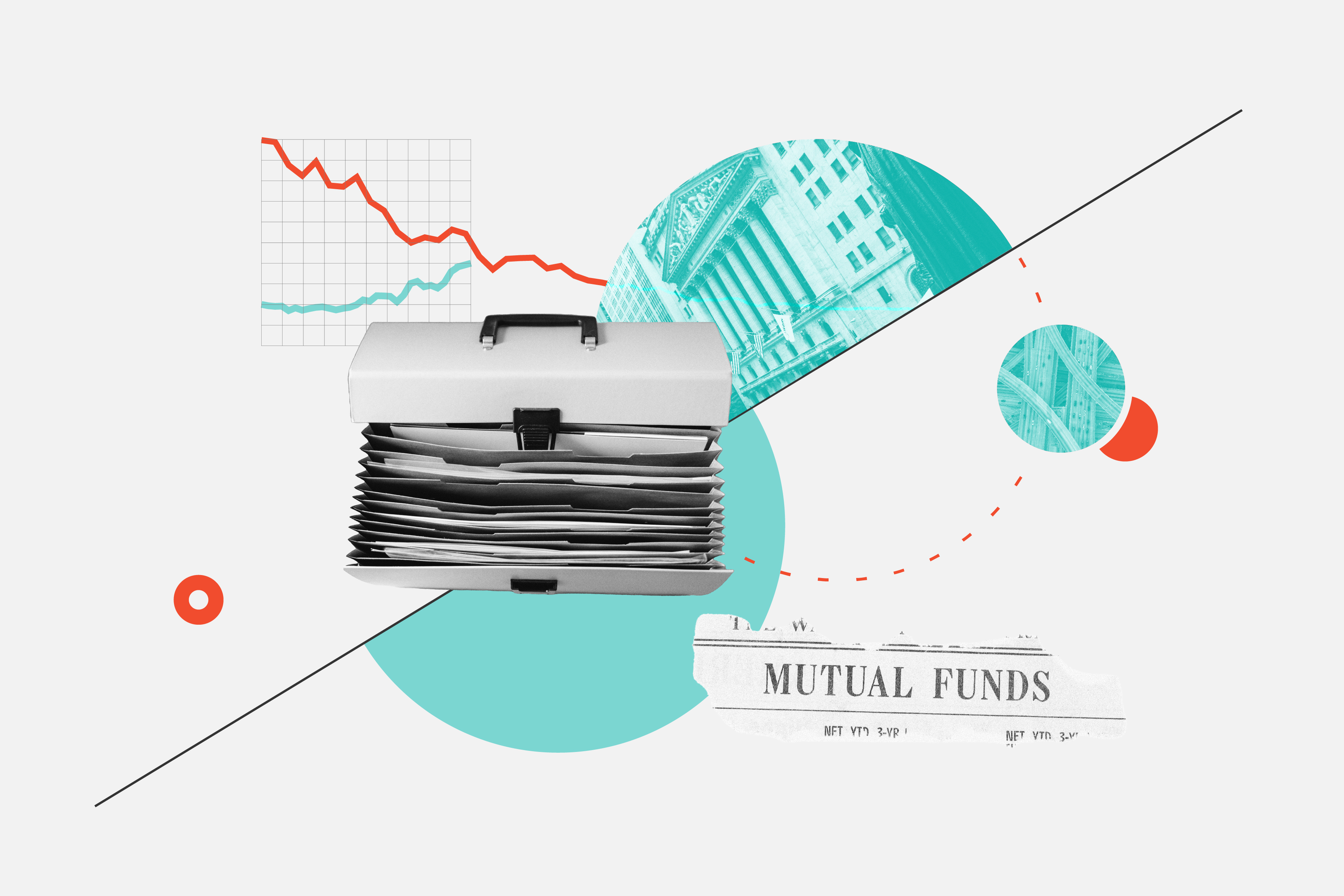Wendy Stein: As an investor, it's very easy to fall into the trap of focusing simply on return -- the investment with higher returns is more coveted than the one with lower returns. But we must also take risk into account when assessing investments. How do you do that? And what about when two funds have similar returns, how do you determine which is a better investment in terms of risk and return? This is where the Sharpe Ratio can be quite helpful.
The Sharpe Ratio has become the most widely used method for calculating risk-adjusted returns. You can find it on the Risk and Ratings tab of the Morningstar Report, under Volatility Measures.
It's calculated by dividing a fund's excess return by its standard deviation, which is a volatility measure, to determine reward per unit of risk. Excess return means the fund's return minus a risk-free rate, which is the rate you could reasonably expect for buying something like a GIC which has no investment risk at all.
Think of investment returns as having fun. If you rated going for a walk and sky diving both as an 8 on a "having fun" scale, you would more likely opt for the walk because it's lower risk and cheaper. Moving back to the investment realm, you don't want to take on unnecessary risk to achieve investment returns. Higher Sharpe Ratios can result from higher returns minus the risk-free rate (the numerator) and/or smoother or less volatile returns (the denominator).
Let's take an example of two funds, one with a return of 17% and one with a return of 12%. Let's assume the risk-free rate is 2%. It would seem at first glance that Fund 1 is a better performer but Fund 1 was a much more volatile investment with a Standard Deviation of 15%, so it's actually Fund 2 that has the better risk-adjusted return.
Let's take a real-life example now, AGF Global Equity.
In the Volatility Measures section of the Rating and Risk tab of this fund's Morningstar report, we see that this fund's 3-Year Sharpe Ratio is 0.86 versus the average fund in its category which is 0.79. This means that this fund has had better risk-adjusted performance than the average Global Equity fund which has a Sharpe Ratio of 0.79.
So, the higher the Sharpe Ratio, the better the fund's historical risk-adjusted performance.
For Morningstar, I'm Wendy Stein.




















